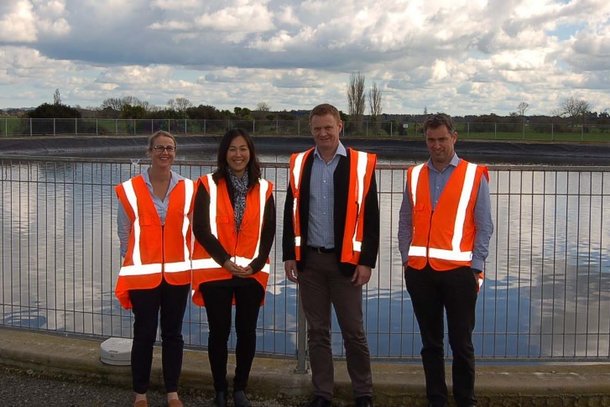
Ingham’s has been recognised for its outstanding water management by a global leader in sustainable water use. Ingham’s Te Aroha primary processing plant is the first New Zealand site to achieve certification from the international Alliance for Water Stewardship (AWS) and only the sixth site in the world to be certified.
The Te Aroha plant was recognised for the management of its water life cycle from collection at source to treatment of wastewater. The plant’s certification is the second for Ingham’s, with its Somerville processing plant in Australia certified in 2015.
Managing Director of Ingham’s New Zealand, Adrian Revell, said: “Our company is continuously listening to our customers and consumers who want us to be completely authentic in all that we do.”
“For the past 10 years, we have implemented best practice management of our water life cycle which includes our impact on the local catchment area and how our wastewater is treated. We are very proud to have achieved this recognition from AWS and thank our local community for engaging with us and for the constructive feedback they have provided us along our journey.”
Ingham’s utilised the Alliance for Water Stewardship’s stringent standards as the framework to engage and work with the wider community to look after the local water catchment area.
About AWS
The Alliance for Water Stewardship (AWS) is a global membership-based organisation for sustainable water use. Its standard provides a global framework for major water users to understand their water use and impacts and to work collaboratively and transparently towards achieving sustainable water management within our local community.
About Ingham’s
Ingham’s is Australia and New Zealand’s largest integrated poultry producer supplying major retailers, quick service restaurant operators, food service distributors and wholesalers. Ingham’s employ more than 8,000 people across 10 feedmills, 74 breeder farms, 11 hatcheries, 225 mainly contracted broiler farms, seven primary processing and seven further processing plants, one protein conversion plant and nine distribution centres.



